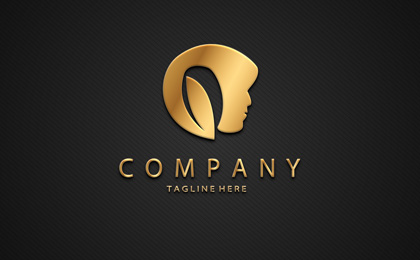
Integrate ReactJS into a legacy Dojo application
Because technology moves fast, it’s easy to feel left behind. An old version of a
JavaScript library is making your application perform slowly. You spend most of your
time patching old code. Your UI looks like it was created years ago, but you don’t
have time to update it.
Our team recently faced all these challenges when our 10-year-old product was using
an old version of the Dojo toolkit. To migrate to the latest version of Dojo, we
needed to rewrite the whole code with an asynchronous model. Our solution also
needed to improve performance and provide a rich UI experience that complies with
the IBM Carbon theme.
After a lot of research, we decided to use React JS instead of
upgrading to a new version of Dojo.
After a lot of research, we decided to use React JS instead of upgrading to a new
version of Dojo. This blog post introduces ReactJS, highlights the research we did
when comparing ReactJS with other JavaScript languages, and explains how we
integrated ReactJS with our current Dojo library.
Solution: Our goal was to develop new pages with ReactJS and integrate them into our
existing legacy Dojo application. We also needed to create reusable components of
React in order to implement a single-page application quickly and migrate our whole
application page-by-page in the long run.






 渝ICP备19017362号-2
渝ICP备19017362号-2
























